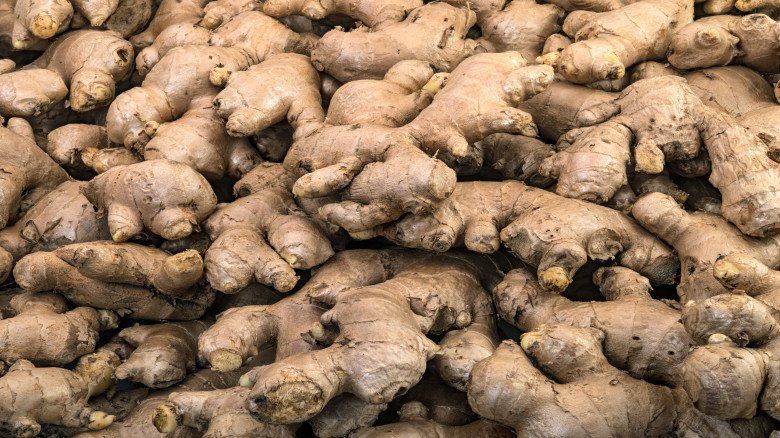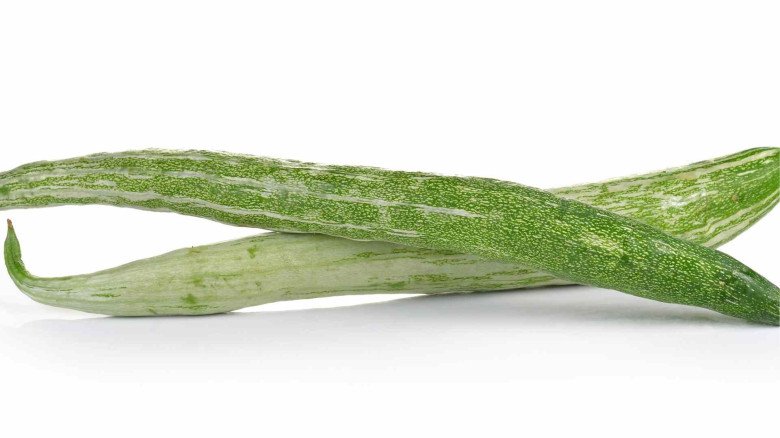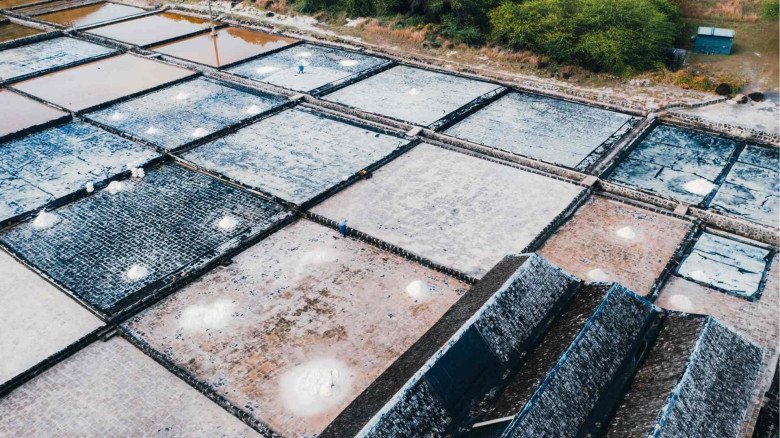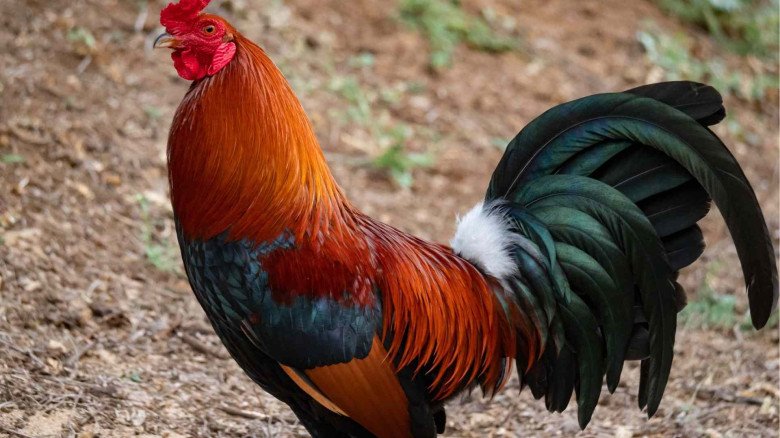A Complete Guide to Profitable Mushroom Farming in India
One of the most successful agribusiness ventures you can launch with little capital and minimal space is mushroom farming. India's mushroom industry is steadily expanding as a substitute source of income for a large number of people. China, the United States, Italy, and the Netherlands are the world's top producers of mushrooms. The leading mushroom-producing states in India are Uttar Pradesh, Tripura, and Kerala.
One of the most lucrative agribusiness ventures you can launch with little capital and minimal space is mushroom farming. India's mushroom industry is steadily expanding as a substitute source of income for a large number of people. The leading mushroom producers in the world are the US, China, Italy, and the Netherlands. The top three states in India for mushroom production are Kerala, Tripura, and Uttar Pradesh.
This post will walk you through the entire process of growing button, oyster, and paddy straw mushrooms.
Different Mushroom Types
Mushrooms are grown in several varieties all over the world. They are listed below:
In India, button, oyster, and paddy straw mushrooms are the three main varieties that are cultivated. The temperature range in which paddy straw mushrooms can thrive is 35 to 40 degrees Celsius. In contrast, button mushrooms grow in the winter, whereas oyster mushrooms are grown in the northern plains. These commercially significant mushrooms are all farmed using various practices and methods. Compost beds are specialized beds used for growing mushrooms.
Growing Button Mushrooms: A Guide
Examine the detailed instructions for growing button mushrooms;
Composting
Composting outdoors is the first step in growing mushrooms. Button mushroom compost yards are set up on sanitized, elevated concrete platforms. Raising them will prevent the extra water from building up at the heap. Even though the composting is done outside, they still need to be covered to keep out rainwater. There are two forms of compost that are prepared: natural and synthetic. The compost is created in 100 X 50 X 15 cm trays.
Artificial Compost for Growing Mushrooms
Wheat straw, bran, urea, calcium ammonium nitrate/ammonium sulphate, and gypsum are the ingredients of synthetic compost. Cut the straw so that its length is between 8 and 20 cm. After that, it is evenly distributed to cover the composting yard in a thin layer. After that, water is sprayed on it to completely saturate it. The remaining materials, such as urea, bran, gypsum, and calcium nitrate, should next be combined with the wet straw and piled high.
Organic Compost
In this case, gypsum, wheat straw, horse manure, and poultry manure are needed ingredients. Finely cut wheat straw is required. It is not appropriate to combine horse manure with other animal manure. It needs to be collected right away and kept out of the rain. The components are evenly distributed around the composting yard once they have been combined. To moisten the straws, water is sprayed onto the surface. For synthetic manure, it is piled and turned in this manner. The heap heats up as a result of fermentation, and ammonia leaks out, giving it an odor. This indicates the compost has become operational. Every three days, the pile is flipped over and watered.
Stuffing Compost Into Trays
The processed compost has a color that is deep brown. The compost shouldn't be overly damp or dry when you fill trays with it. A few drops of water should be sprayed if the compost is dry. If very wet, let some moisture to evaporate. The compost spreading trays' dimensions can be adjusted to suit your needs. It must be between 15 and 18 centimeters deep, though. Additionally, confirm that softwood is used to build the trays. Compost needs to be poured into the trays all the way to the edge and then smoothed out.
Sprouting
The act of putting the mushroom mycelium into the beds is known as sprouting. The spawns are available for a modest fee from accredited national laboratories. There are two methods for spawning: either mix the compost with grain spawn before filling the trays, or distribute the compost on the tray's bed surface. Cover the trays with old newspapers once they have spawned. Next, a small amount of water is sprayed on the sheet to keep it damp and humid. The top tray and the ceiling must be separated by at least one meter of headroom.
Capsing
Casing soil is created by combining garden soil with rotted cow dung that has been carefully crushed and sieved. An alkaline pH is what's desired. To get rid of pests, nematodes, insects, and other molds, the casing soil must be sterilized after it is ready. Steaming or formalin solution treatment are two methods of sterilization. Following the application of casing soil to the compost, the temperature is kept at 25°C for 72 hours before being decreased to 18°C. Keep in mind that the casing stage needs a lot of air. Therefore, during the casing stage, the room needs to have enough ventilation.
Trimming
The pinheads become visible once the casing has been in place for 15 to 20 days. Within five to six days at this stage, tiny, white buttons begin to emerge. When the caps are securely attached to the short stem, the mushrooms are ready to be harvested.
Gathering
The cap needs to be carefully twisted off during harvesting. To do this, carefully grasp it between your forefingers, press it on the ground, and then twist it off. Chopped off should be the base of the stalk where dirt particles and mycelial threads cling.
How to Raise Mushrooms from Paddy Straw
Southeast Asian regions are home to the cultivation of paddy straw mushrooms. Because of its flavor, it is one of the most widely consumed mushrooms. They are grown in well-ventilated rooms or on high platforms under shadow, unlike button mushrooms.
Sprouting
Chopped and soaked paddy straws are the breeding ground for paddy straw mushrooms. They occasionally spawn on millets or cereal grains. They are referred to as grain spawn when they spawn on cereal grains and straw spawn when they spawn on paddy straw.
This variety of mushroom is grown on paddy straw in India. Long, well-dried straws are bundled into 8–10 cm-diameter bundles. They are then cut to a uniform length of 70 to 80 cm and left to soak in water for a duration of 12 to 16 hours. After that, extra water is poured out.
Making the Bed
The brick and soil foundations should be raised because the mushrooms are grown on elevated platforms. It ought to be sturdy enough to support the weight of the bed and a little bigger than the bedding. On top of the foundation is a bamboo frame the same size as the foundation. Four or more bundles of the soaked straw are positioned on the frame. There are four more bundles there, but they have their loose ends facing the other way. The first layer of bedding is made up of these eight bundles. Grain spawn is spread about 12 cm from the first stratum.
Cover the entire bed with a clear plastic sheet once the last coating is completed. To ensure that the sheet does not come into touch with the bed, however, appropriate care must be taken.
Growing mushrooms
After spawning, mushrooms typically start to develop in 10 to 15 days. For the next ten days, they keep growing. The crop is ready to be harvested when the volva erupts and the mushroom inside becomes visible. These mushrooms must be eaten fresh because they have a very short shelf life due to their extreme fragility.
Growing oyster mushrooms: A guide
Where the climate is unsuitable for button mushrooms, oyster mushrooms are cultivated. It is the easiest to grow and the tastiest to consume. Due to its extremely low fat content, it is frequently recommended for individuals with diabetes, high blood pressure, and obesity.
For six to eight months out of the year, oyster mushrooms may grow in a moderate temperature range of 20 to 300 degrees Celsius and 55 to 70 percent humidity. It can also be grown in the summer by giving it the additional humidity it requires to thrive. The ideal growth season is from March or April to September or October in mountainous regions, and from September or October to March or April in lowland regions.
The four processes that make up the oyster mushroom cultivation process are as follows:
Getting ready for spawn
Preparation of substrates
proliferation of the supporting material
Crop supervision
Oyster mushrooms can be grown on a variety of agricultural wastes that contain cellulose and lignin, which aid in the synthesis of more cellulose enzymes, which is associated with higher yields. These include used tea leaf waste, useless waste paper, sawdust, jute, cotton waste, straw from paddy, wheat/ragi, maize, millets, and cotton, as well as synthetic compost made from button mushrooms and other waste materials. Industrial wastes like sludge from paper mills, coffee leftovers, tobacco waste, etc. can also be used to cultivate it.
-logo.webp.png)
.jpg)
-logo.webp.png)

































Leave A Comment